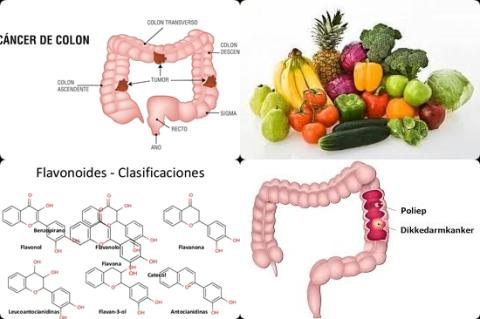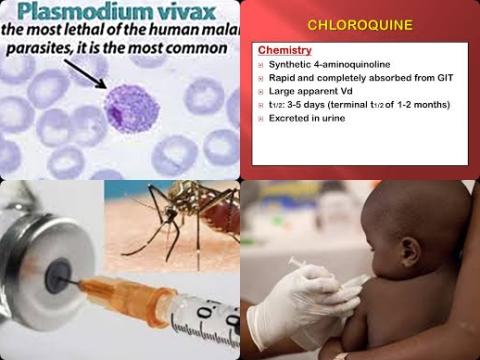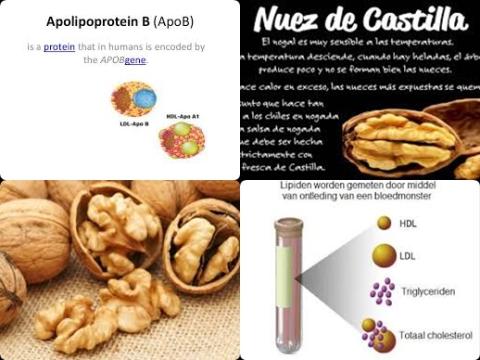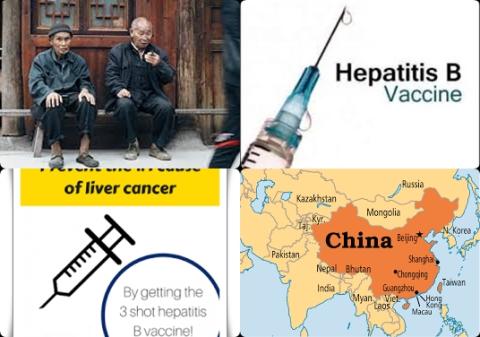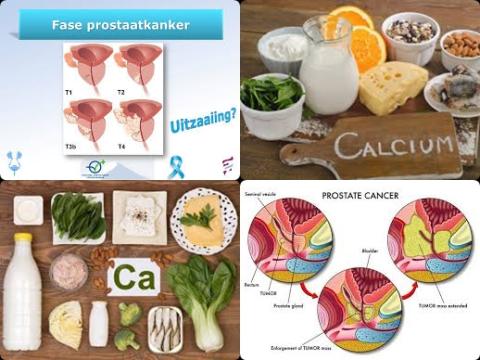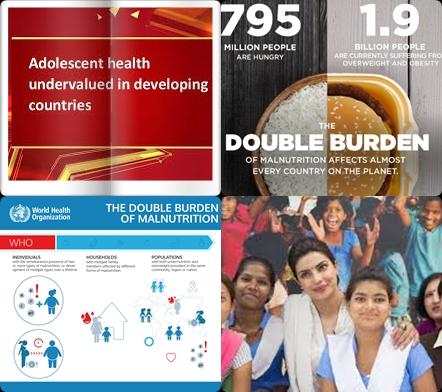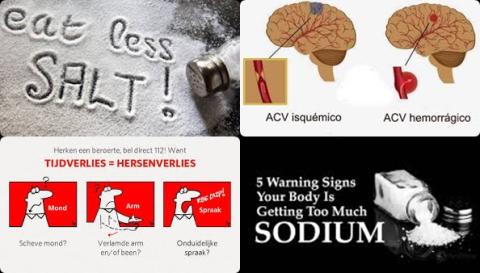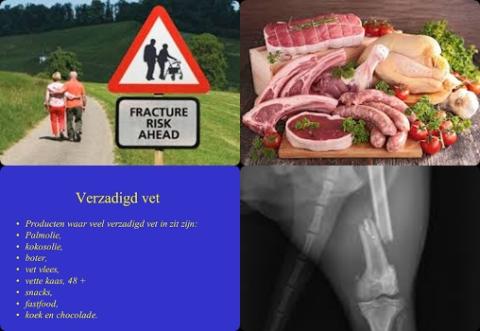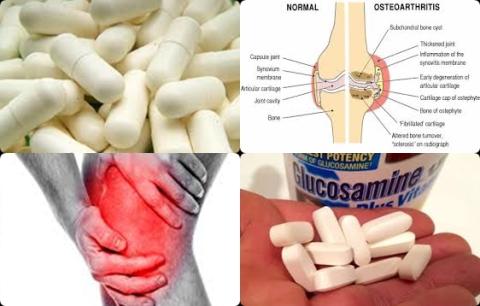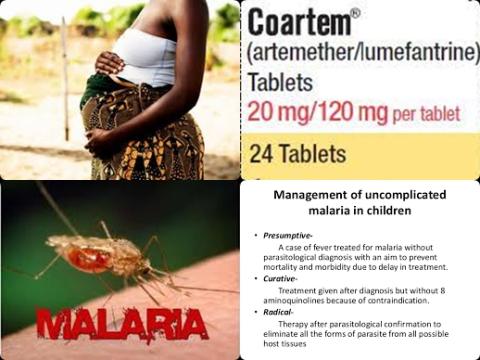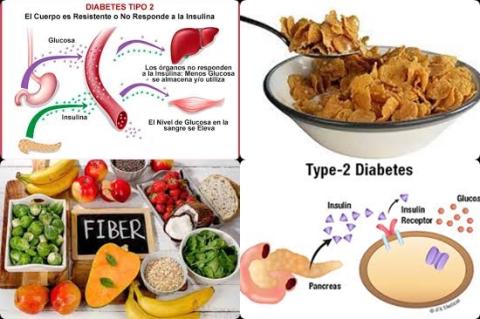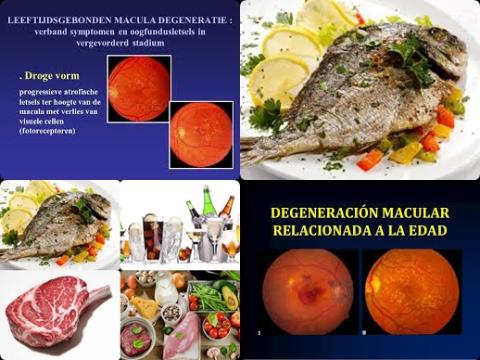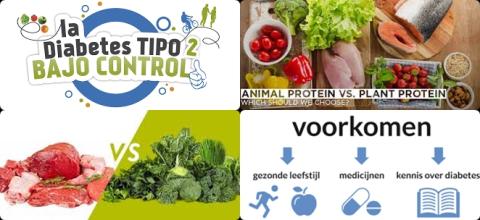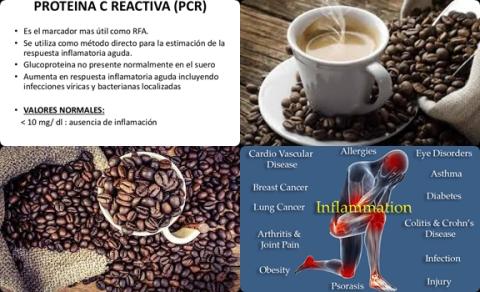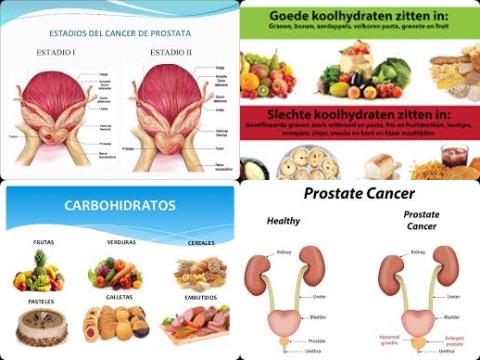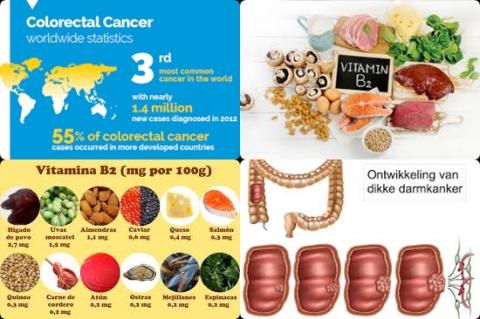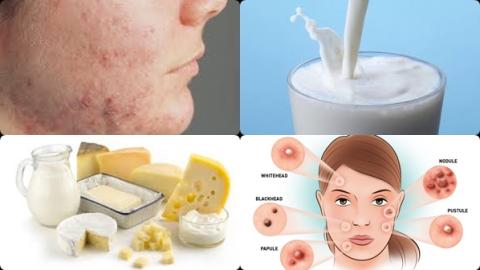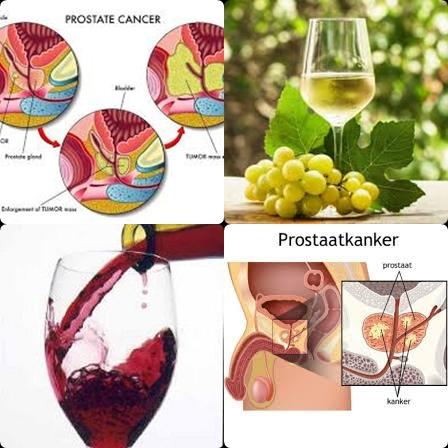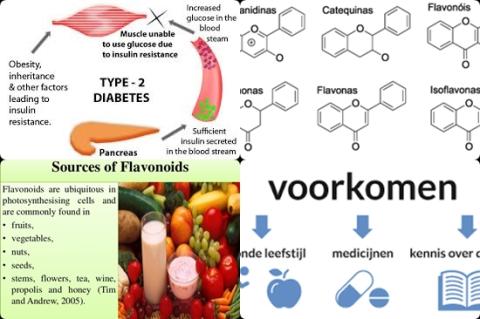Higher intakes of fruit and vegetables improve immune function
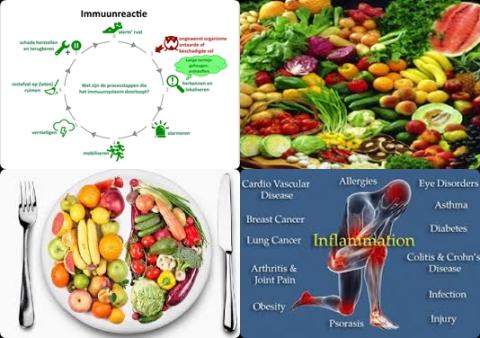
Objectives:
Inflammation is associated with an increased risk of a range of chronic diseases. A diet high in fruit and vegetables may help to reduce inflammation, as fruit and vegetables are rich sources of antioxidants and other biologically active substances, which may improve immune function. Therefore, this meta-analysis (systematic review) has been conducted.
Does fruit or vegetables intake reduce inflammation and improve immune function?
Study design:
This review article included 71 clinical trials and 12 were observational studies (n = 10 cross-sectional studies and n = 2 cohort studies).
Results and conclusions:
The investigators found among observational studies (n = 10 studies) an inverse association between intakes of fruit or vegetables and inflammatory biomarkers.
The investigators found the majority of the intervention studies (n = 48 studies) reported beneficial effects of fruit or vegetable intake on ≥1 biomarker of systemic or airway inflammation.
The investigators found a meta-analysis of included studies showed that fruit or vegetable intake significantly decreased circulating levels of C-reactive protein and tumor necrosis factor-α [p 0.05] and significantly increased the γδ-T cell population [p 0.05].
The investigators concluded that higher intakes of fruit and vegetables lead to both a reduction in proinflammatory mediators and an enhanced immune cell profile.
Original title:
Effects of fruit and vegetable consumption on inflammatory biomarkers and immune cell populations: a systematic literature review and meta-analysis by Hosseini B, Berthon BS, […], Wood LG.
Link:
https://www.ncbi.nlm.nih.gov/pubmed/29931038
Additional information of El Mondo:
Find more information/studies on fruit and vegetables and chronic disease right here.
The level of C-reactive protein (CRP), which can be measured in your blood, increases when there's inflammation in your body.
Tumour necrosis factor-alpha (TNF-alpha) is recognized as an important mediator in many cytokine-dependent inflammatory events.
